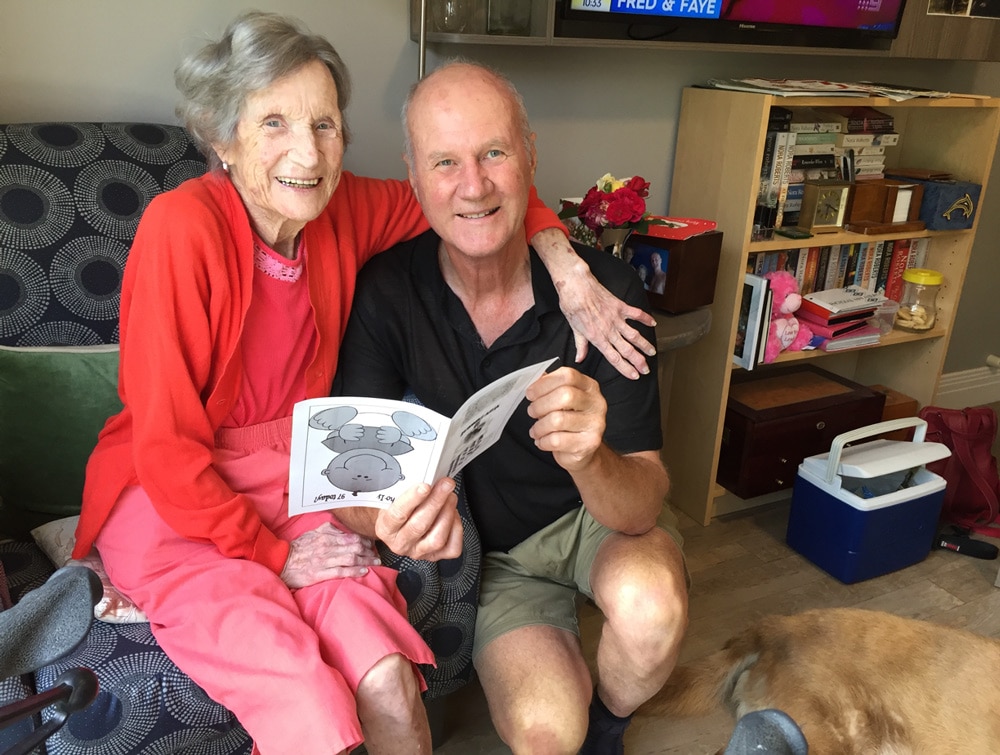
Here we interview Gary Wilson, a long-term bond investor and Toowoomba, Queensland resident. A few years ago, Gary sold all of his investments in his SMSF and put the funds into an industry superannuation fund. He was happy to not have to stock pick and didn’t want the bother. But this month, he’s back buying direct bonds.
How long have you been investing in bonds?
I started investing in bonds about 12 years ago, after the GFC. I invested in two Australian dollar-denominated fixed-rate bonds from AXA SA and Swiss Re.
The interest rates offered were high as the bond prices were trading at significant discounts. I did well with both bonds as interest rates started to decline and I had locked into fixed high rates of return and I also had capital gains on the bonds as the bond prices increased.
In hindsight, it was like betting on a horse for the first time and it comes in. It was a great first experience.
Looking back, the reason I started investing is that I was wanting 6-8 per cent per annum returns and the stock market hadn’t moved over the previous 20 years. All I had been getting were the dividends and I didn’t have the time or inclination to keep checking the daily prices.
What were your peak bond holdings?
When I wound up my SMSF I had 66 per cent in bonds and the rest in property. I had no shares at all. Any spare funds went into the property trust or bonds.
I put Mum into bonds as well. At the time she was in her 90s and I remember her calling me in a panic one morning because the US share market had fallen overnight. Mum sold out of most of her equities and was then almost totally in bonds with a few equity funds and an APN unlisted property trust.
We never looked back.
When I put all my funds into the industry superannuation fund, I was wanting to simplify my investment life, but now I’m back in the market again.
[Also read: Residential Mortgage Backed Securities – The Basics]
What are your goals this time around and what have you invested in?
Previously, Jake Koundakjian from FIIG Securities was my broker, he was terrific but has left FIIG now. I had a look at their Managed Income Portfolios (MIPs) but didn’t feel any allegiance to FIIG once Jake had gone.
For any investor starting out, I’d highly recommend FIIG’s book, The Australian Guide to Fixed Income.
I’m now working with Jacob Braddy at Bond Income.
This time, I’m investing for security and liquidity. Return is secondary. I want to make sure the capital is available in five years’ time when we plan to sell our house and move.
So, my portfolio is all investment-grade securities and includes:
- Queensland Treasury Corporation (QTC)
- Dexus Finance
- Lend Lease
- AusNet Services
- NAB subordinated bonds
I’m keeping a bit in reserve in case anything else comes up. There’s a mix of fixed and floating rate securities but most are fixed. The AusNet Services bond and NAB subordinated bonds are both floating rate.

What are the best things about the Fixed Income asset class?
Being able to sleep at night is one of the best things about the asset class, as long as you don’t go silly chasing yield.
For example, I just sold two equity funds that made about 10% or equivalent 35% over a year, which I held for just six weeks. If I had held for just an extra week I would have doubled the return again. It’s scary territory and it feels like we’re in a bubble.
Ideally, you wouldn’t hold the high percentages in bonds that I did first time around. Something more like 60% equities/ 40% bonds makes sense. The key is having a backstop.
Even with bonds, there is something for those that need excitement, but you can get it on a more sustainable level.
I tended to buy bonds at IPO and then sell a little later. Jake knew my risk profile and kept to it.
Thankfully, I avoided the Virgin bonds, as I felt they were too risky. If I have one rule that governs everything I do, no matter what asset class – property, bonds, shares, it is to diversify your risk.
My property portfolio is spread across two funds – one in office property the other industrial and each has about 12 properties in the fund.
I’m not in the stock market at all at the moment, I’m waiting for a correction if I go back in and invest.
In the past I invested in RMBS, it was a high 10% yield in a New Zealand financial institution. I held it for a year then sold. High yield securities were only a small proportion of my portfolio.
[Also read: Should You Go Direct or Indirect When Investing In Bonds?]
Do you have any advice for other investors?
Four things that may help:
- Find someone you can trust. I relied on Jake but always made the final decision.
- You need to believe in the business to get involved. For example, I won’t invest in armaments.
- Don’t be greedy with yield until you have a feel for how the bond market works.
- Read educational material and do a course – knowledge is power.
You need to know the difference between yield and running yield. Go to seminars. Even if I’d already been to a basic seminar, I would go again as there was always something new I picked up from someone else asking a question.
Looking back, as soon as I realised how concentrated I was with those first two bonds I owned, I diversified and did really well. Until you know what you are doing you need to tread slowly.































